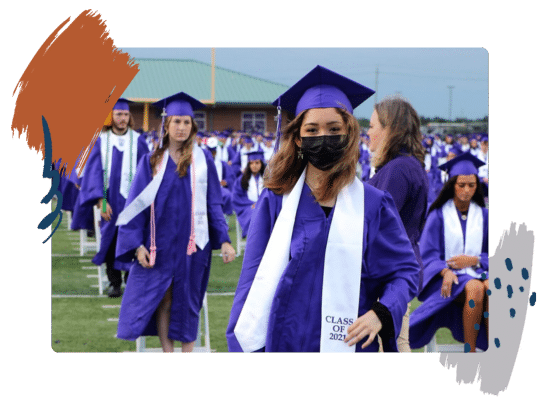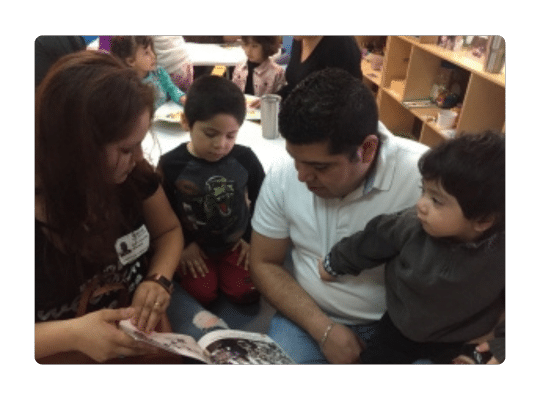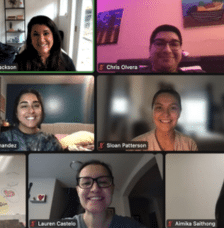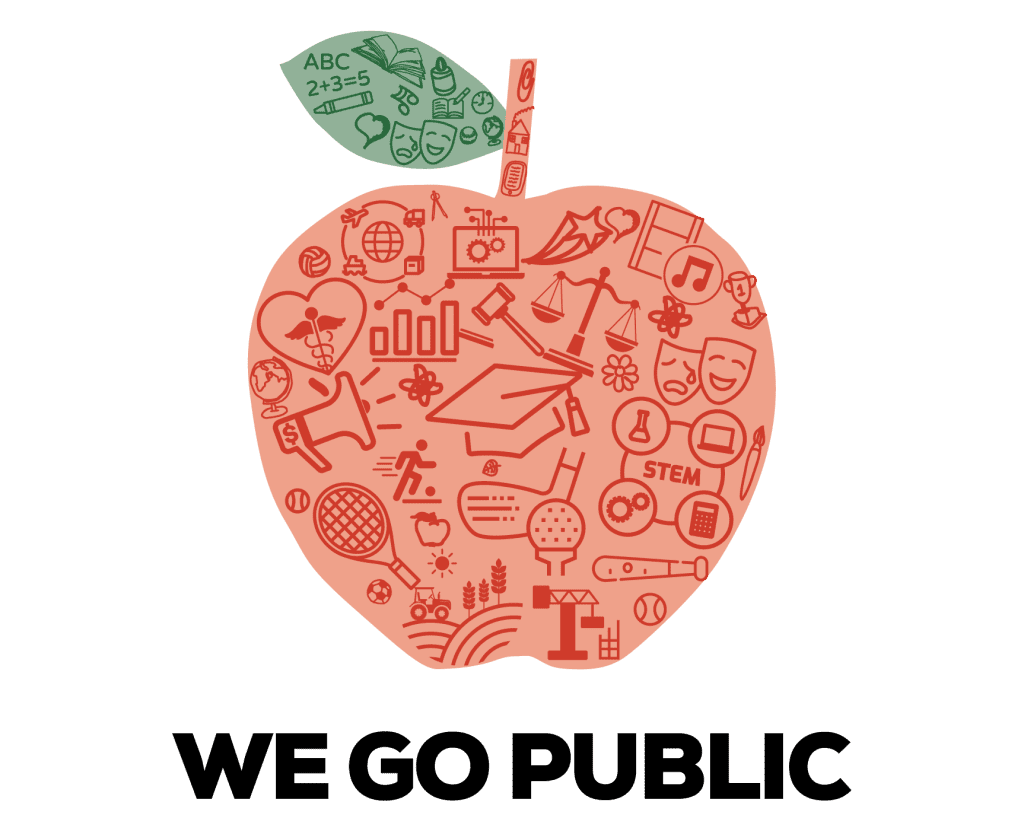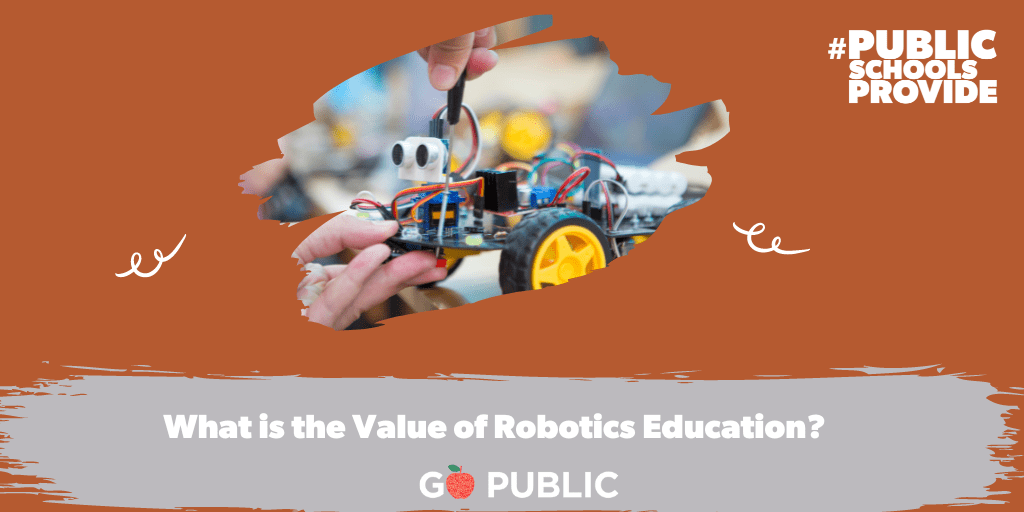Response from “Ask a Former Board Trustee”- Clear Creek ISD Chapter: Joanna Baleson, Ken Baliker, Jennifer Broddle, Bob Davee, Glenn Freedman, Ann Hammond, Charlie Pond, Page Rander Dee Scott, Win Weber © AFTCCISD2022
What is robotics education?
Robotics in education refers the blending of STEAM disciplines (science, technology, engineering, arts and mathematics) to create machines that perform various repetitive operations or tasks. The process of making robots involves designing, building, testing, and using them, often in teams.
The potential of robots, and associated artificial intelligence systems, to reshape our future has attracted interest among the private industry, government, military, and education. Public education is responding to the dynamic shifts that technologies are creating for today’s student learning and for tomorrow’s workplace success.
Why is robotics increasingly part of the curriculum?
In addition to the interdisciplinary nature and wide applications of robotics, students learn to work in teams and engage in hand-on activities that are student-centered, multisensory, outcomes-driven, and enjoyable. Robotics activities span all ages, grades, levels of ability and interests. Additionally, robotics has the benefit of introducing students to various robot-intensive career paths from manufacturing to petrochemicals, from aerospace to healthcare, from the arts to automated systems.
What does the research say?
Two of largest meta-analyses to date summarized 147 research reports1 and 47 reports2 and found that robotics education:
a. Promotes active-learning pedagogy and helps to improve the learning experience, both in-school and as an extracurricular activity.
b. Allows students to understand abstract concepts better and promotes students’ ability to transfer knowledge learned through experiences to a novel setting or problem.
c. Encourages and enhances students’ interest in learning STEM concepts.
d. Increases students’ programming skills, their confidence in those skills, and their attitudes toward programming across diverse groups.
e. Is more effective when incorporating computational thinking, especially for younger learners, rather than just on making a machine work.
f. Is more effective when teachers have had appropriate training professional development to incorporate robotics into their instruction.
Sources: 1. A Systematic Review of Studies on Educational Robotics Saira Anwar et al. (2018)
https://docs.lib.purdue.edu/cgi/viewcontent.cgi?article=1223&context=jpeer
2. Systematic Review of Research Trends in Robotics Education for Young Children. Sung Jung et al. (2018). https://res.mdpi.com
3. Additional focused information: Exploring the Features of Educational Robotics and STEM Research in Primary Education: A Systematic Literature Review. Sokratis Tselegkaris et al. April 2002, https://www.mdpi.com/2227-7102/12/5/305
What is an example of how a Texas school district incorporates robotics?
Clear Creek ISD incorporates robotics in a variety of ways from kindergarten through 12th grade. There are currently 135 robotics teams across CCISD’s 45 campuses committed to developing skill sets both inside and outside the classroom through year-round competitions. These teams participate in FIRST robotics, VEX Robotics, and/or BEST Robotics depending on the grade level.
In June of 2021, CCISD launched a Robotics, Coding and Computational (RCC) Thinking Program at the elementary level which is currently being utilized at three campuses. This is an immersion program through which students experience robotics using VEX, coding through Scratch and Scratch Jr., and computational thinking that is integrated into the curriculum and taught through Minecraft Education Eventually, all 27 elementary schools will fold select components of RCC into their curriculum. The two elementary E-STEM magnet schools also feature robotics as part of their engineering curriculum, including coding and designing robots to accomplish defined tasks.
At the secondary level, robotics is a part of the district’s career and technical education program. ”The Robotics program prepares students for a profession in any high demand STEM field. Through implementation of the design process, students will build prototypes or use simulation software to test their designs. Students will work with community partners on robotics projects where they will determine problems or needs, conduct research and design, and test possible robotic solutions. Additionally, students will assemble, wire, and program a collegiate level robot.”
https://www.ccisd.net/departments/career_and_technical_education/specialty_programs/post/robotics
Where can I learn more about robotics?
• Robot Events: https://www.robotevents.com/ and https://www.roboticseducation.org/
• National Robotics Education Foundation: https://www.the-nref.org/
• First Robotics: https://www.firstinspires.org/robotics/frc
• BEST Robotics: https://www.bestrobotics.org/site/
(Written June 2021, Revised December 2022)






